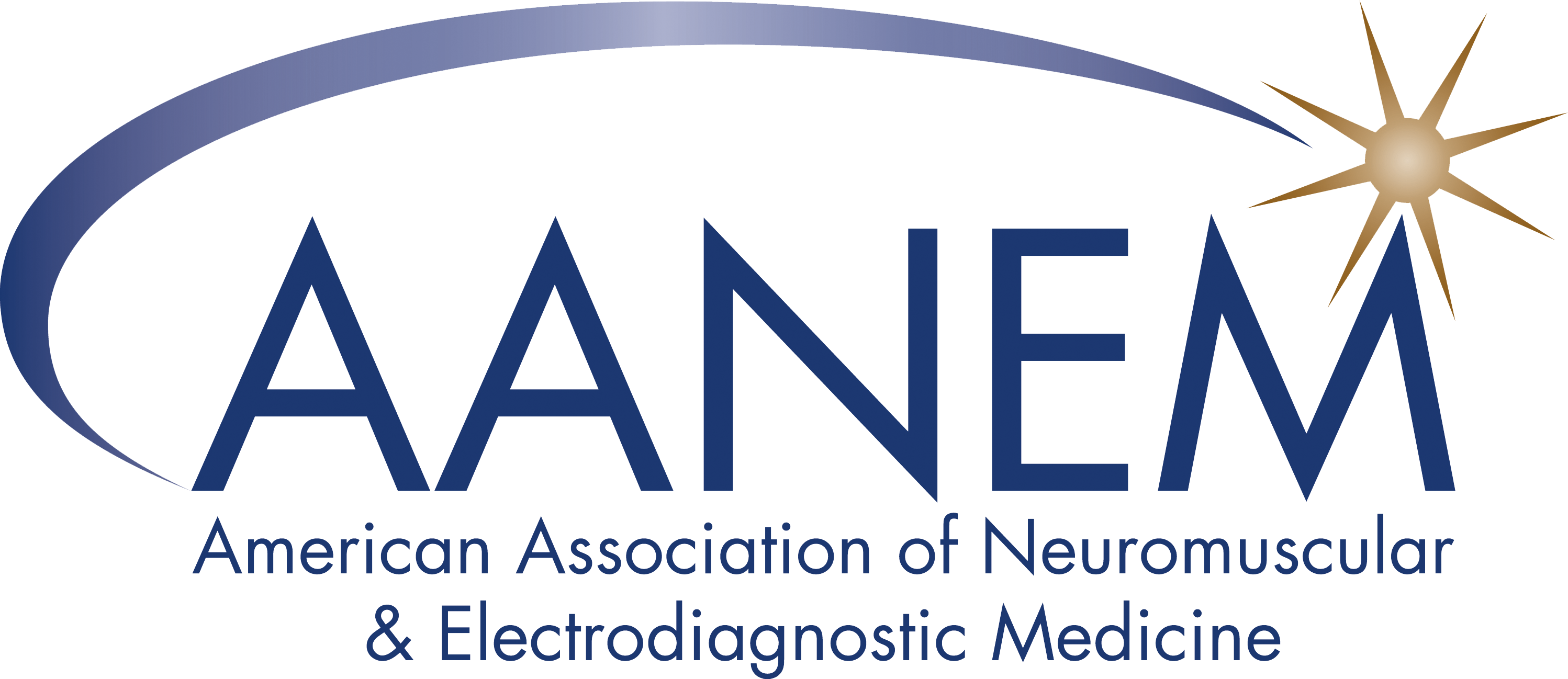Press and Media
View the latest AANEM Achievement Award winners, the American Neuromuscular Foundation (ANF) Abstract Award winners, and the latest AANEM news articles on News Express.
Frequently Asked Questions
Q: When will be content of abstracts be viewable, as opposed to just the titles?
A: The abstract content will be available at the annual meeting during the Poster Hall hours. We do not provide abstract presenter information or slides ahead of time. All available information can be found in the AANEM Abstract Guide online when it becomes available.
Q: How do I reach out to abstract or session presenters for an interview?
A: We do not offer member contact information. To connect with abstract or session presenters, review the AANEM Annual Meeting Program when available. Find the topics of interest and connect with the presenter after their lecture or during their abstract poster session time. Currently there is no interview option for virtual attendees.
Q: When can I share information?
A: The embargo on the abstracts themselves is lifted when they have been published in Muscle & Nerve and online in the AANEM Abstract Guide. However, the additional information beyond what is in the abstract itself is still embargoed.
AANEM requires information that goes beyond that which is contained within the abstract, e.g., the release of data not included in the abstract, discussion of the abstract done as part of a scientific presentation, etc. to be embargoed until the start of the annual meeting. Please see the Abstract Embargo Policy.
Q: Will the Abstract Award Reception feature the best posters?
A: The Abstract Award Reception is a social hour in honor of the abstract award winners where all authors, including award winners, will be available to discuss research.
Q: Original research is ONLY presented as posters, correct?
A: Yes - the research is presented in the Poster Hall via abstract posters.
Science News: Utility of Bilateral Biopsy for Amyloid Detection During Carpal Tunnel Release
The study was a retrospective review of primary, bilateral (staged or simultaneous) CTR cases from a single-surgeon between March 2022 and September 2024 during which a biopsy was obtained from both sides. The presence of amyloid deposition was determined using Thioflavin T and/or Congo Red staining using established institutional protocols. Baseline demographics were recorded, and the results of bilateral biopsies were compared to assess for disparate results. A total of 65 patients underwent bilateral CTR where a biopsy was obtained during both procedures. Mean age was 67 years, and 42% were women. Of the 65 included patients, 8 (12%) had evidence of amyloid deposition on at least one biopsy. Six patients overall (9%) had disparate biopsy results, accounting for 75% of positive cases.
In these six patients, four (67%) had evidence of amyloid deposition during the first biopsy and no evidence of amyloid on the second biopsy. Two of six patients (33%) had no evidence of amyloid deposition during the first biopsy but did have evidence of amyloid on the second biopsy. Biopsy results differ with respect to amyloid deposition in 9% of bilateral CTR cases. Seventy-five percent of patients with evidence of amyloid deposition on at least one extremity will have discordant bilateral biopsy results. In patients where the index biopsy is positive during a CTR, a contralateral biopsy may not be necessary. However, in patients where the index biopsy is negative for amyloid deposition, we recommend repeating the biopsy during the second (contralateral) CTR.
Comments: Interesting study looking at biopsy results in patients with CTS when screening for amyloid neuropathy.
